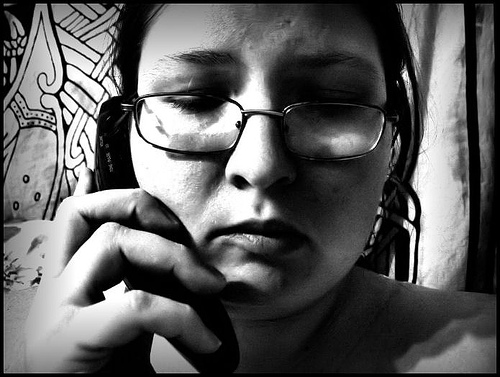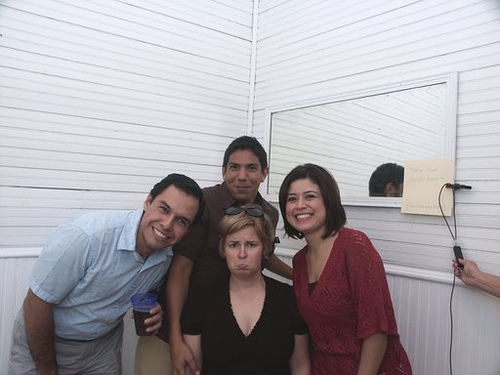I don’t know about you, sometimes I find myself in a mood where I feel out of sorts but can’t point to any one thing as being the cause. That kind of state rarely does me any good: usually it means I won’t get a lot done, won’t enjoy the day as much, and am no help to the moods of people around me–unless I get out of it. To accomplish that, I have a very simple process I use, which is to list out worries in writing.
The idea here is just emptying my head. It’s related to David Allen‘s recommended practice of getting all of your thoughts and concerns on paper so that you can organize them, although in this case organization isn’t the point. It’s also related to decision logging, the practice of writing down notes about your own situation and choices as things happen in order to increase mindfulness, but it isn’t about mindfulness per se. In fact, the thing it’s most like that I’ve mentioned is swatting deer flies by letting them settle on you before you hit them (although I promise it’s much less nerve-wracking): that is, it’s about paying simple, direct attention to worries individually, one after the other.
This tactic doesn’t take any preparation: just grab paper and pen or fire up a computer, then start writing a list of whatever comes to mind that’s bugging you. It might look something like this:
– I’m still annoyed about that guy at the store who wouldn’t stop talking to me
– I can’t believe I forgot to pay my cell phone bill on time
– How in the world am I going to find time to take that refresher course?
– Do I need to go shopping? I don’t think there’s anything for dinner
– My car’s making that noise again
It’s not necessary to do anything about these issues as they come up, but when you’re done listing, you might want to start writing out your thoughts about each one, and to look for broken ideas. Sometimes all that’s needed to completely solve an issue is to reframe it in a healthy and accurate way.
You might think that writing these things down would cause more anxiety instead of less, but it really tends to produce relief. Instead of being plagued with multiple, unnamed anxieties, instead we’ve now got a list of clear, specific issues–issues we might even be able to do something about, although just getting them down in writing itself makes a real difference. My favorite moment in this process is when I ask myself “OK, what else?” and I just can’t think of anything. In that moment I’m reminded that the things I worry about have a limit, and that I might be able to make some progress in fixing them them … or even, until I can do something about them, just accept them … just for now.
Photo by Phoney Nickle












